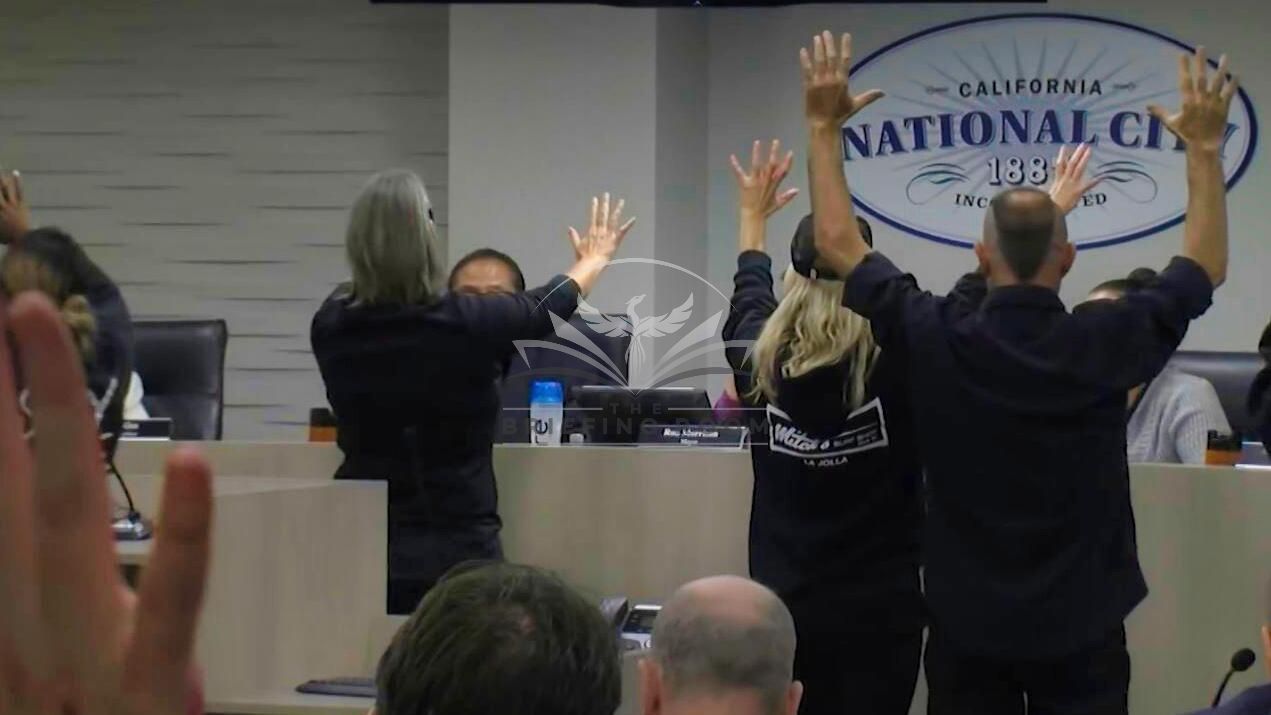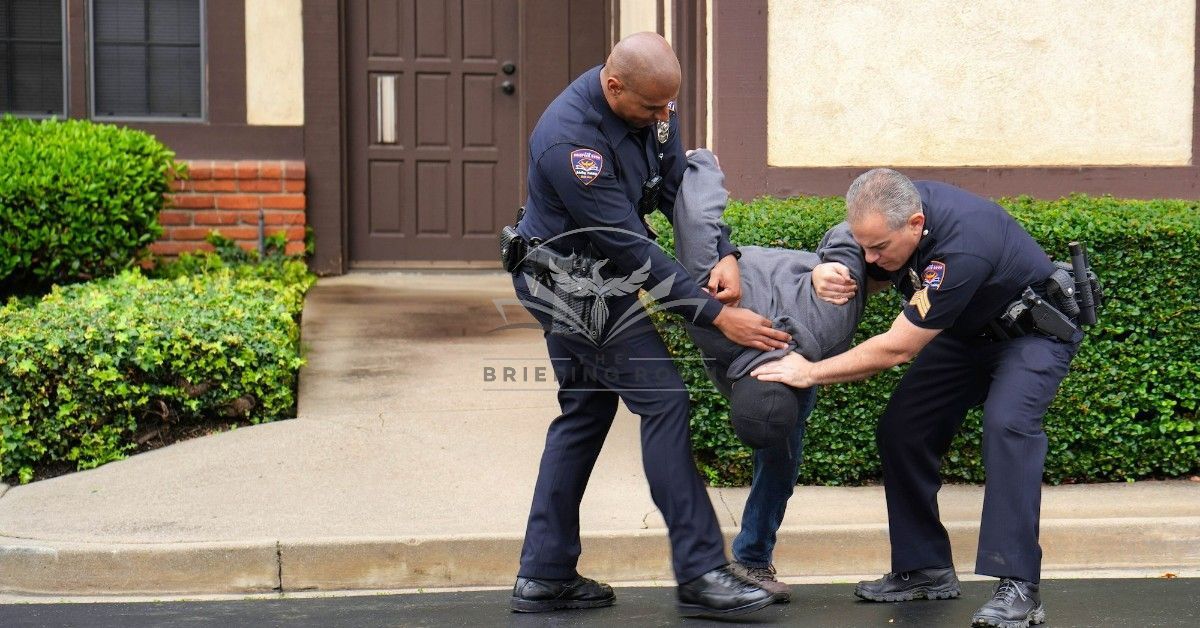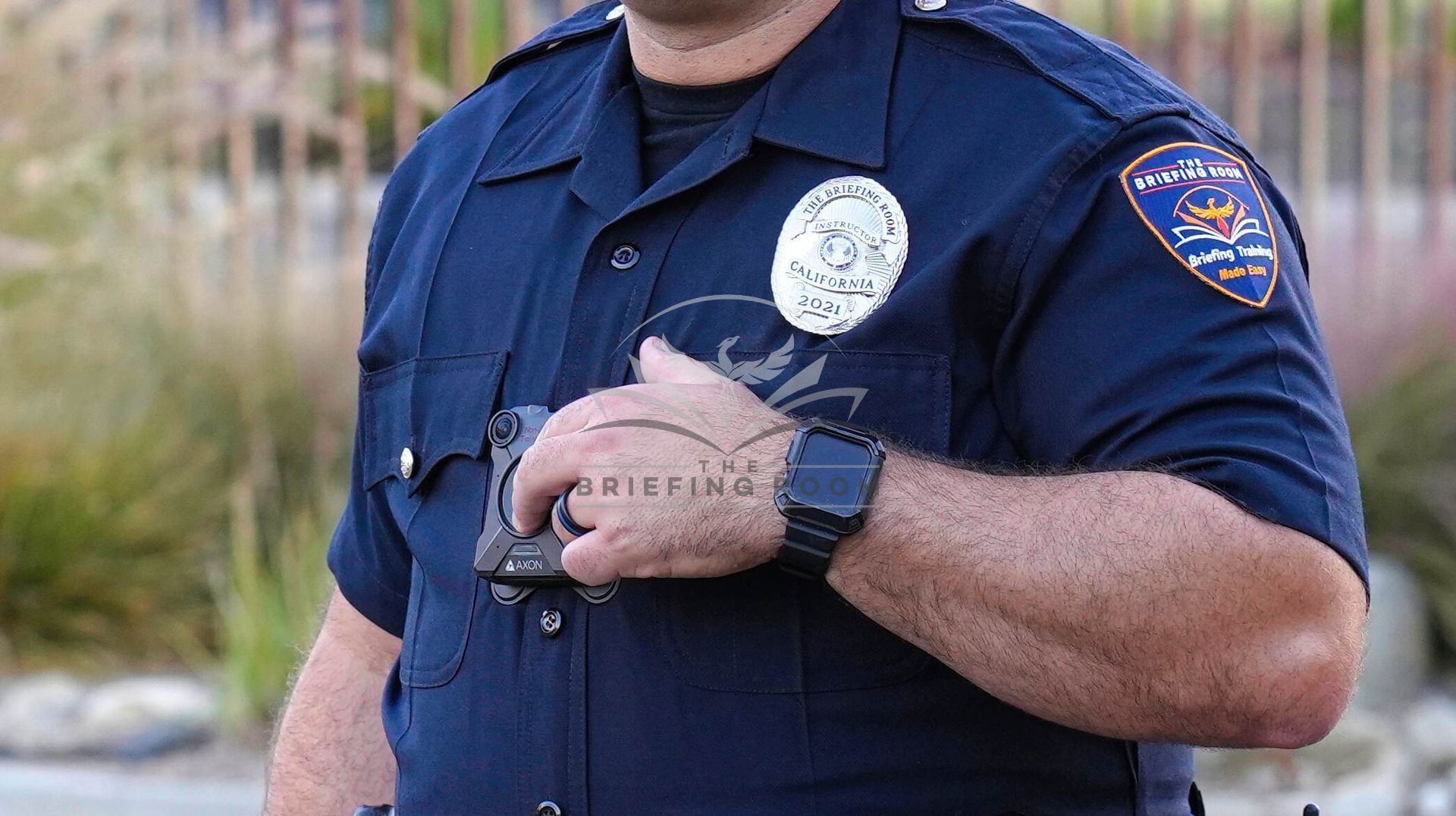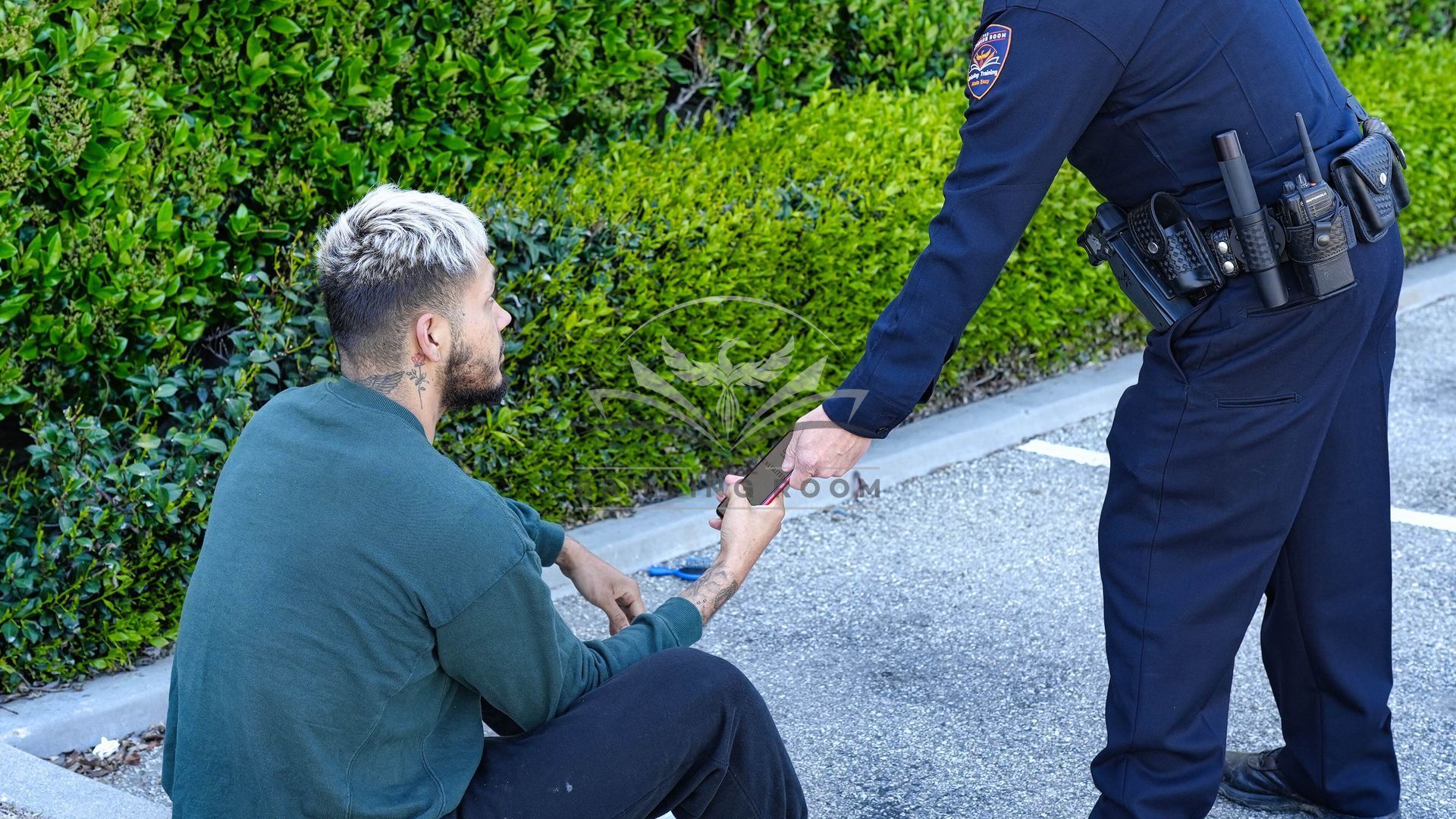Removing Protestors From City Council Meetings

This post is only offered as a discussion topic and does not represent legal advice. Officers must refer to the laws in their own State as well as their agency
Scenario: With all the political divisiveness in our society, officers can occasionally get pulled into sensitive political situations while working patrol. One of these situations can be when a police officer gets a call of protesters disrupting a city council meeting. These can be difficult calls to handle because officers want to protect citizens' rights to protest, but officers also need to protect the city government's right to hold public meetings without disruption.
Removing Protestors From City Council Meetings
Answer: The case of Williamson v. City of National City from 2022 is a very similar incident. In this case, protesters disrupted the National City City Council Meeting and caused the meeting to be adjourned. Officers gave the protesters multiple warnings to leave or be arrested but six of the protesters refused to leave. Eventually, they were handcuffed and carried from the building while passively resisting with dead body weight. One of those protesters, Tasha Williamson, sued claiming she had wrist and shoulder injuries from being carried by the officers.
In reviewing this case, the Court looked at two factors: the amount of force used by the officers and whether the governmental interest was strong enough to support the removal of the protesters. In analyzing the officers' use of force, the 9th Circuit Court said, "Even viewing the evidence in Williamson's favor, the type and amount of force used by the Officers in this case was minimal. The Officers did not strike Williamson, throw her to the ground, or use any compliance techniques or weapons for the purpose of inflicting pain on her. Rather, they held her by her arms and lifted her so they could pull her out of the meeting room after she went limp and refused to leave on her own or cooperate in being removed."
Regarding the governmental interest at stake, the 9th Circuit said, "While the six who laid down near the podium were docile and merely refused to leave the area when directed, other protesters who remained in the audience area, were yelling at the officers and at times trying to push into the podium area." "It goes without saying that citizens have a right to express their disagreement and dissatisfaction with government at all levels. But they do not have a right to prevent duly installed government from performing its lawful functions. To conclude otherwise would undermine the very idea of ordered society."
"National City's choice was to allow the protesters to remain in the city council's meeting room until they chose to leave on their own—which the constitution does not require—or to forcibly remove them." "The "undisputed evidence shows that the officers used only the force reasonably necessary to remove [Williamson] from the meeting."
The 9th Circuit granted qualified immunity to the officers. In this incident, the officers maintained calm professionalism, filmed everything, gave repeated warnings, had plenty of officers present to slowly move the protesters one at a time, and provided medical care for any of the protesters who complained of pain. All of these factors were key to the outcome of this case and should be emulated by other officers facing similar circumstances.
The Briefing Room has a short training video available on this exact scenario so agency supervisors can easily train every officer in your agency on this essential topic.
www.TheBriefingRoom.com
90-Second Training Videos Your Supervisors Use During Briefing or Roll Call To Develop High-Performing Teams of Officers.
✅ Lower Liability
✅ Retain Officers
✅ Build Community Support
🌟 Produced Exclusively by Active-Duty Law Enforcement Instructors 🌟


© 2024 THE BRIEFING ROOM
Site Design by Solmark Creative | Development by Adam Wills Marketing

